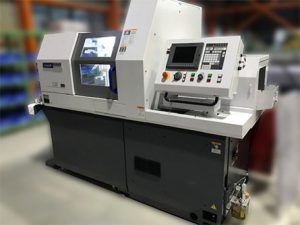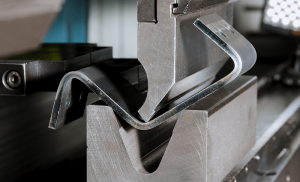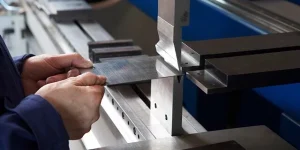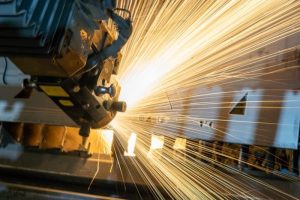Prototype CNC machining reduces costs by minimizing material waste, labor, and tooling expenses, enhancing production efficiency, and providing durable parts that offer long-term savings
Reduce Material Waste
One of the reasons why CNC machining is so attractive, has to do with the accurate control over material, which in turn leads to less waste as opposed to the alternatives of older techniques for manufacturing. This level of precision is absolutely crucial in prototyping, as every scrap saved equals cost effectiveness.
Accuracy and Consumption of material
The vast majority of the material block is utilized by CNC machine tools, which are programmed to cut to within a few thousandths of an inch of the design specification. For instance, a regular CNC project would get a 90%+ material utilization rate whereas the traditional way was only 60–70%. This is especially useful for more costly materials like titanium or exotic composites where minimizing waste is every bit as important as it is for cost reasons.
Software-driven Efficiency
Optimization of the software that controls the CNC machines will result in less waste. In particular, the most advanced CAD/CAM software is able to embed parts into a material layout, so the greatest number of parts are cut from each sheet of material. It has shown in practice deployments to reduce material waste of up to another 10-15% when such software optimizations are considered.
Impact on Prototyping Costs
The cost of prototypes is obviously affected by the reduction in material waste. Materials represent a substantial aspect of total prototyping costs, and using the savings from optimized material usage, you can build more prototypes on the same budget. These savings are especially valuable in industries such as aerospace and medical devices, which often use high-value materials.
Sustainability Aspect
In addition to minimizing material waste, this also allies with sustainable manufacturing, a rising concern in international production standards. Lower carbon-dioxide emissions and lower energy consumption equates to considerably high carbon savings, not to mention reduced emissions from transport, which would be a better choice not only for saving money but also improving the environmental impact of your business.
Aerospace Component Manufacturing
In one aerospace example, moving to CNC processing of several titanium components reduced material scrap by close to 20% compared with a previous method. This resulted in a cost saving of over $200, 000/year for the company in raw material and much lower time on quality control and rework since it caused very less manufacturing errors.
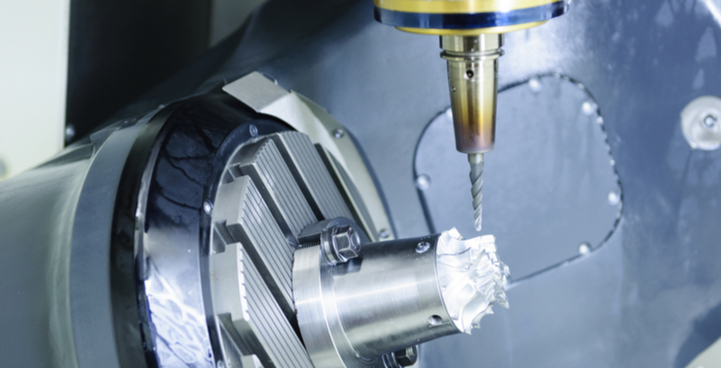
Minimize Labor Costs
Mostly, labor costs are minimized through automation and an increase in efficiency with CNC machining. In the world of prototyping (which is all about precision and repeatability) the machine works a distinct advantage.
Automated Operations
CNC machines are capable enough to operate multiple numbers of machines at a time and a single operator is enough to manage all the machines at once. This feature helps reduce the required size of the workforce to a great extent. In traditional manufacturing — one worker per machine — as opposed to CNC where one operator can handle multiple machines, thereby lowering labor costs by as much as 50%.
Operating a CNC machine requires a different skill set than operating a conventional manufacturing process. CNC operations training is mostly about software know-how and less about manual skills, and this type of training can be done in fewer months typically. Employers report that this cuts training expenses and gets new hires to full productivity faster, which ratchets up overall labor efficiency.
Minimize Mistakes and Stay Consistent
Unlike manual processing, a CNC machine is performed exactly with precision, and thus ensures there are fewer errors. It delivers the consistency required to spend less hours fixing mistakes and making adjustments, along with lower labor costs. A study of a car parts manufacturer for instance find that when the adopted CNC tech they reduce the error rate by 30% and also the lower the indirect cost related to delay and rework.
Weightage to Lean Manufacturing
CNC technology is contributing to lean manufacturing by reducing the need for unnecessary labor and increasing productivity. In the tech sector, for instance, TechCo cited the case of a firm that laid off a quarter of its workforce, and yet increased output by 40% having fully integrated CNC systems into their production lines.
Electronics Industry
One electronics company claimed a 40% reduction in labor cost over their existing CNC machining processes for developing their prototypes. CNC allowed them to keep production running efficiently with fewer highly skilled machinists, and the automation and high speed machining enabled them to produce parts swiftly and to quickly handle different projects at the same time.
Eliminate Tooling Expenses
The use of a CNC machine reduces the cost on tooling; in fact, it can be a major cost reduction, since prototype development would probably need expensive molds and unique tools.
Machining Directly from a CAD File
Direct part machining from CAD file / CNC machined direct parts: One of the main method which helps in reducing tooling costs for CNC machining; This process saves money by eliminating the need to create traditional molds. Mold costs for injection molding are generally thousands to hundreds of thousands of dollars, depending on the complexity and size of the components. By using digital designs to drive the machining process, CNC machining entirely avoids these costs, with changes made quickly and with no extra cost.
Rapid Design Iterations
CNC machining is also versatile which makes it easier to prototype and iterate design faster without the extra price tag. With traditional, you may have a new design for each mold done, or each set of tools–a process that is at best expensive, and always time-consuming. CNC allows for real-time adjustments in the CAD software that are instantly relayed to the machine. These needs are critical in areas like the aerospace and automotive industries, where both design accuracy and design iteration speed are top priorities.
Reduced Set-Up Time
The setup time for a CNC machine is much less than for traditional methods. It would typically take hours, and in many cases even days, to be ready with molds and tools in traditional setups. CNC machines also ready to begin a new project within a few minutes of loading the design file. This efficiency not only saves on the labor costs directly, but also the quicker production timeline allows more jobs to be completed in a shorter period of time.
Custom Automotive Parts
Another article I read detailed a custom automotive parts manufacturer that was developing prototypes and switched from injection molding to CNC machining — they reported a 75% reduction in tooling costs as a result. The change also allowed them to shorten their product development cycle from weeks to days, demonstrating savings in tooling and similar improvements to speed to market.
Small Batch Production
When the cost of fabricating molds is prohibitive making CNC machining a better option for small volume production and prototyping. This enables businesses to create parts in low volumes without the significant upfront investment associated with custom tooling, which is a perfect answer for new startups or small businesses with ambitions to launch new products into the market promptly.
Increase Production Efficiency
CNC machining is the best tool to reduce prototype projects development stages and for production efficiency and is able to perform high-speed, highly specified machining with a minimum of human input, this will all drive costs down in prototype development.
High-Speed Machining
These machines have the ability to move very fast and can do much more complex cuts than manual machines, which in turn require much more time. This dramatically cut down on the time it would take to create parts. For example a study has shown that parts requiring complex machining have reduced production time by nearly 70% from traditional machining to CNC. High-speeds do not come at the cost of quality or accuracy and this improves the throughput and also lowers the cycle time for each component.
Continuous Operation hosted endpoint
CNC machines can work away, all day and all night, without ever taking a break unlike manual machining. This is in particular very helpful to meet very short time frame for prototype development. This way, manufacturers can keep their CNC machines running 24/7 with only a small amount of human monitoring, as it would be impossible to do so with manual operations as labor hours are limited as well as human endurance.
Time Automation and Minimized Downtime
The CNC machines get rid of the downtimes between the operations that is cost-effective as with the help of its control software, one can reprogram the system of the CNC within minutes. This ability to get up and running quickly is dramatically different from traditional methods that may involve lengthy tooling. Traditional setups can take a matter of hours or even days for retooling, whereas CNC machines are able to change operating parameters in the range of 1-2 minutes, so they can get you up and running much quicker than the alternative.
Design Software Integration
CNC machines can be integrated with state-of-the-art CAD/CAM software to ensure a smooth transition from design to production. Manufacturers can detect and repair design flaws prior to machining — this results in fewer failed productions and less material waste (both common results of test cuts). Moreover, the synergy of this software enables the optimization of machining paths to decrease machining time which leads to greater use of the whole machine.
Medical Device Manufacturing
In the medical device industry, we can see how CNC machining could be very efficient. One company that makes titanium surgical instruments saw a 50% jump in production capacity when it moved to a complete CNC automation format. This shift enabled them to meet growing order volumes while still upholding the high quality levels, which are vital in health care.
Just-In-Time getResources Utilization
The automated nature of CNC machining enhances resource utilization by reducing the manpower needed per machine and the energy consumption per part via optimized machine operations. These features combined help reduce cost per unit, making cnc a financially favorable alternative if you are doing prototype and small batch production and high precision and reproducibility are necessary, mainly d in industries.
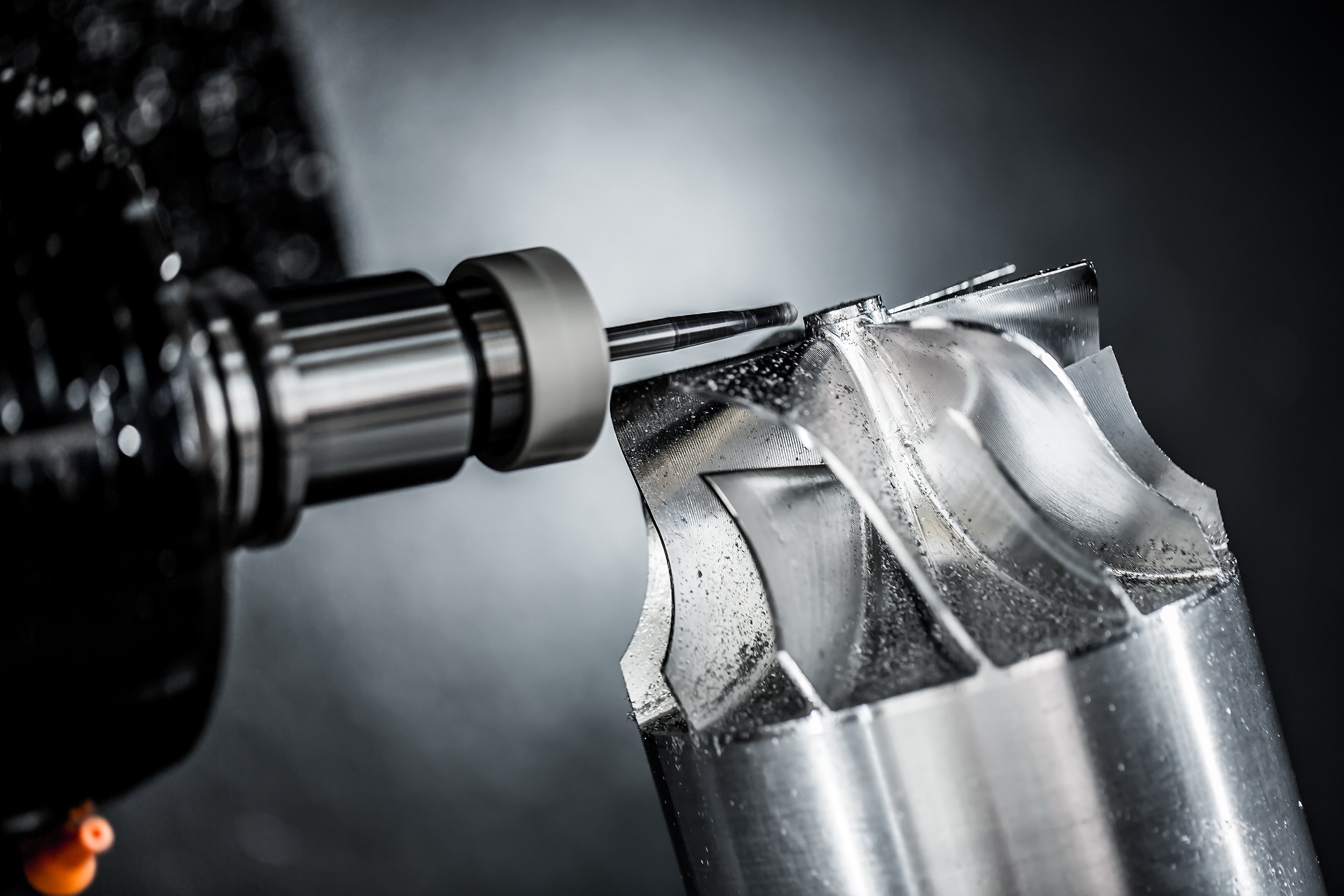
Long-Term Durability
CNC machining is known for yielding prototypes that are both accurate and incredibly strong. That longevity is a huge cost saver, however, since the parts must go through testing and the prototypes must be used until they fail, which often takes years.
Material Integrity
All these problems can be addressed with a machine to subtract material extremely (and with submicron accuracy), which is exactly what CNC machines do. Unlike some other manufacturing methods that can induce stresses or introduce imperfections in a part, CNC machining gives rise to any material’s inherent strength. A CNC, for aviation industry aluminum, when machining parts from aerospace-grade aluminum, it can be kept the required structural integrity at its best strength for critical applications, meaning the parts will be performing to the standard for a longer life.
Precision Engineering
The accuracy of this type of CNC machining also has a direct impact on the longevity of the components manufactured. This kind of accuracy leads to perfect parts, helping to minimize tolerance variations, a must for stringent applications like automotive and aerospace components. Components machined with CNC technology exhibit a lifespan 40% longer than those manufactured with traditional methods, as showcased in a study showing the accurate conformity to design specifications.
Consistency Across Batches
CNC machining grants other benefits in the long-term as well, like the consistency you have throughout production runs. This is especially crucial for prototypes meant to hold up and get used as a product ages. Quality part — That is, every prototype or part that comes out of that machine will react the same way under a certain set of conditions, meaning that the data you get will be consistent and will allow you to evaluate and further develop properties of the part, like resistance, performance, and many other potential features.
Enhanced Surface Finishes
It gives excellent surface finish that add to the strength of parts. For moving or elements part of a larger mechanical the lower the texture the better the wear, generally. In the production of gear sets, for instance, the component life can be greatly increased be resulting in a much smoother finish which is achievable by CNC machining and therefore reduces the friction and wear on these components.
The actual situation
Then in the industrial equipment category a maker of hydraulic components that moved to CNC machining reported that not only did initial defects fall they also had over 30 percent fewer service calls. The increased accuracy was credited to the advantages of CNC machining such as improved precision and surface quality, making their products much more durable and reliable under hard working conditions.
Designed for Harsh Field Conditions
This additionally applies to use in applications that assess material and design limits, for example, extraordinary temperatures, harsh airs or steady mechanical burden (precisely testing). CNC machining has the quality to withstand these trials without degrading, so that prototypes for these demanding applications give accurate performance data as per specification.





